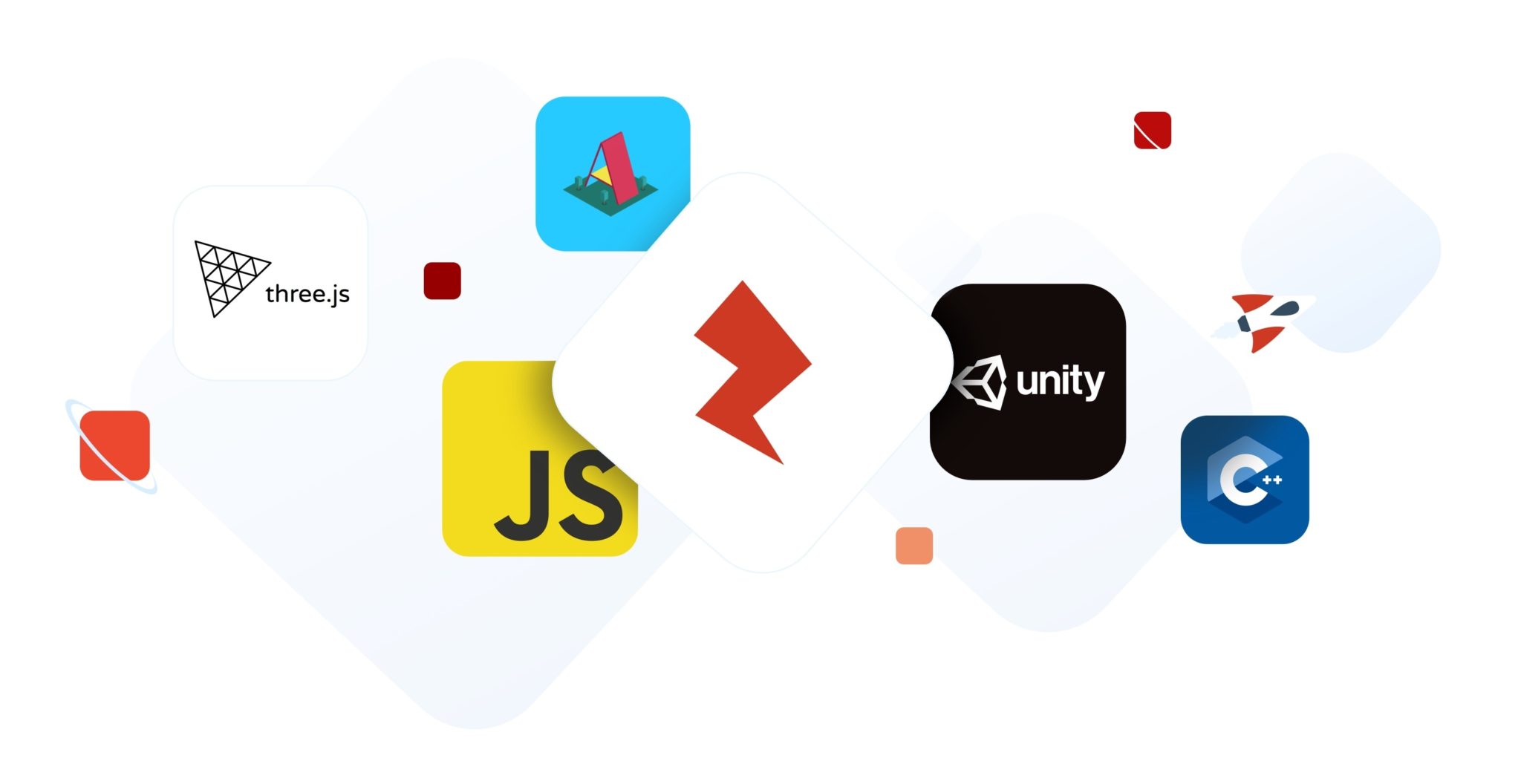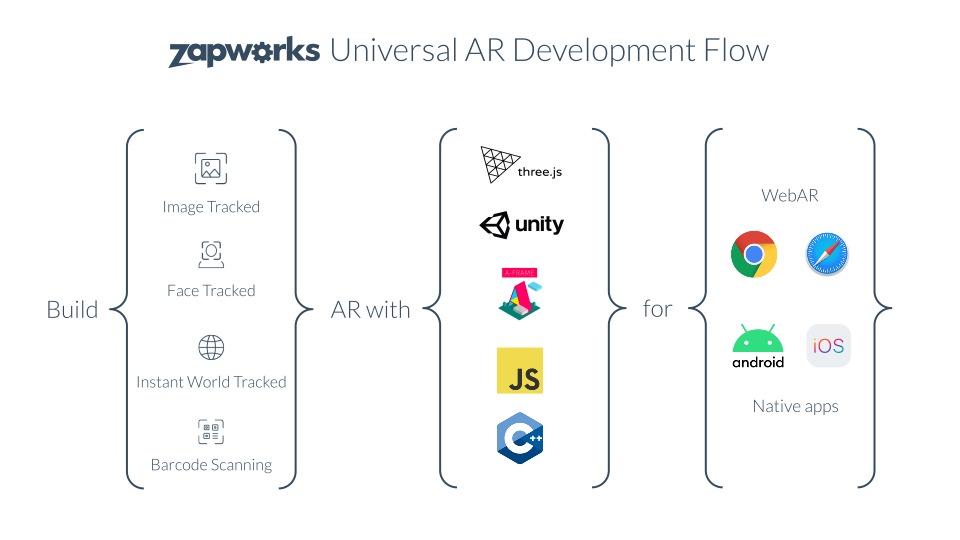
May 26, 2020 – Zappar, a provider of an augmented reality platform and creative studio, has today announced that its computer vision libraries are now available as SDKs for a wide variety of platforms and languages. The solution enables developers to create AR for both app and web environments using Unity, JavaScript, Three.js, A-Frame, and C/C++.
“The release of Universal AR is a landmark moment for us,” said Connell Gauld, Co-Founder and CTO at Zappar. “Since we first released our WebAR offering last year we have been excited about the browser as a medium for delivering AR to the widest number of users as possible, and now for the first time, content developers can utilise our computer vision in whichever platforms and creative tools they are most familiar with. These two innovations are a great leap forward in Zappar’s mission to democratise augmented reality.”
Universal AR is a unified SDK that provides developers with all three of the major AR tracking types: face, image, and instant world tracking, for access in mobile web browsers. These three tracking types are used in the vast majority of AR experiences, and with Zappar’s Universal AR, developers have the ability to choose whichever tracking type they would like, without having to use additional third party libraries.
Zappar states that it is particularly excited about the potential for developers to create content with Three.js, a JavaScript 3D platform that is becoming increasingly popular, with the library having 375,454 downloads last week on the npm registry. With several developers now trying out the package, it offers potential for further development of browser-based AR experiences using Universal AR, according to Zappar.

The company has also provided a set of example repositories and bootstrap projects to enable developers to get started as quickly as possible creating their own experiences. Hosting and publishing is integrated with the ZapWorks Content Management System, and licensing is included in each tier of ZapWorks plan, with self-hosting of WebAR through a custom domain available for those on the Enterprise tier.
Early access partner VRCraftworks has already been testing Universal AR with its projects. “Our early testing of Universal AR for three.js has yielded some really impressive results, in particular, face tracking through the browser.” said Peter Maddalena, Managing Director at VR Craftworks. “I am excited by the flexibility of choosing a platform based on what a specific project requires, whilst being able to work more often with Zappar who has always impressed me with not only the quality of their products but their commitment to fair pricing and developer support.”
Universal AR comes at a time where there are billions of connected devices in the market, yet they are split between iOS and Android. Zappar’s solution offers a unified solution that allows developers to build AR campaigns once and then deploy creations everywhere, without being restricted to one operating system or platform.
According to Zappar, its partners include Nestle, 7-Eleven, Beiersdorf, Kellogg’s, Rovio, The Coca-Cola Company, and PwC among others. The company added that brands have found that the technology helps to enable stats such as dwell times over two minutes, as well as engagement rates of over 40 per cent once inside an application – something which Zappar claims demonstrates “the deliverable impact of AR for businesses.”
Universal AR is now available to everyone, allowing users to build AR and WebAR solutions for the mobile web and native apps. Developers can get started at zap.works/universal-ar, with libraries available to download directly or install from npm. Zappar states that Universal AR will support Three.JS, JavaScript and A-Frame at launch. Support for Unity and C++ will be available in the coming weeks.
Image credit: Zappar
About the author
Sam Sprigg
Sam is the Founder and Managing Editor of Auganix. With a background in research and report writing, he has been covering XR industry news for the past seven years.




